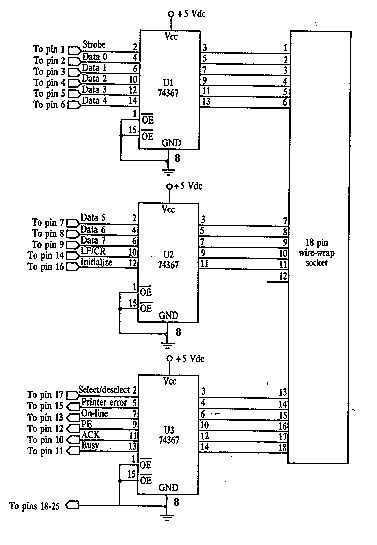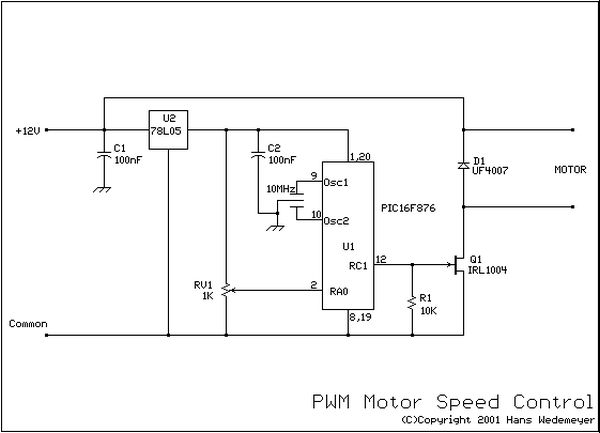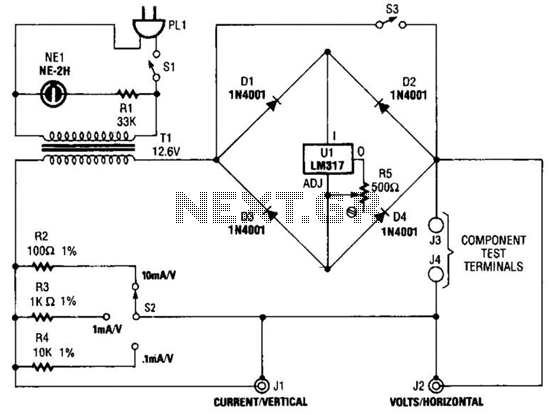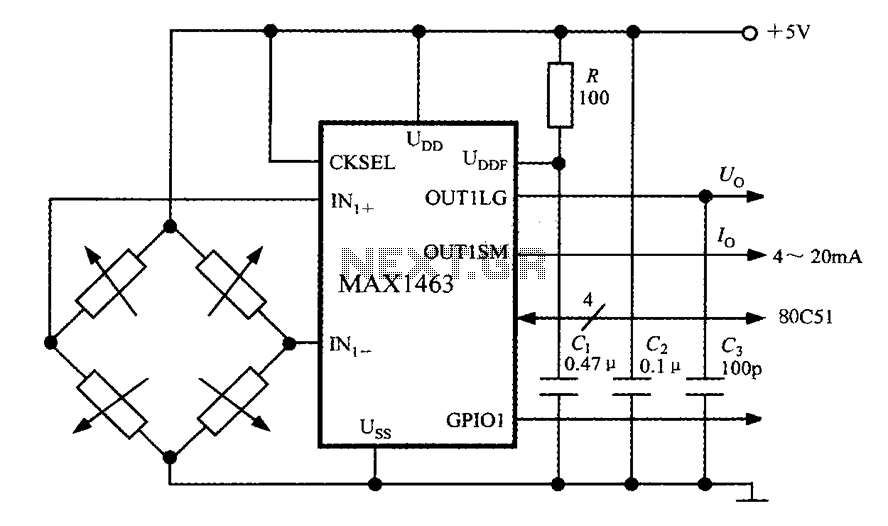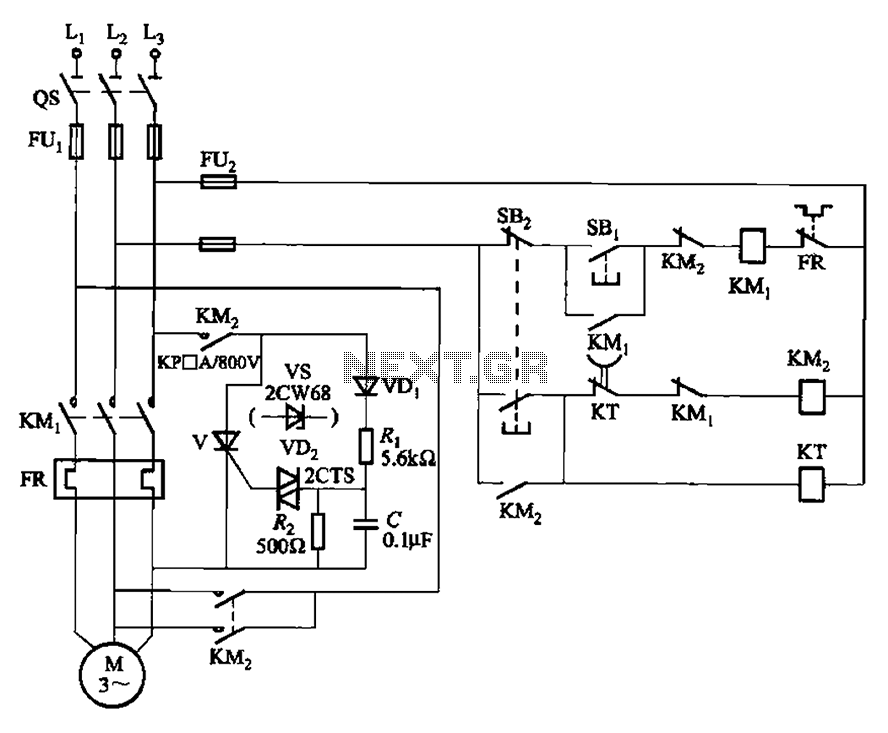
Simple Car theft alarm system circuit using NE555

The utility vehicle anti-theft alarm circuit consists primarily of two main components essential for its operation. The security circuit is activated when the vehicle owner departs from the vehicle, utilizing an anti-theft switch (S B) to engage the alarm system.
The utility vehicle anti-theft alarm circuit is designed to enhance the security of vehicles by deterring theft through an audible alarm system. The circuit is fundamentally divided into two key sections: the detection mechanism and the alarm activation system.
The detection mechanism is initiated when the vehicle owner exits the vehicle and activates the anti-theft switch (S B). This switch is typically a normally open contact that closes when engaged, signaling the system to monitor for unauthorized access. If an intrusion is detected, the system triggers the alarm.
The alarm activation system is responsible for generating a loud sound to alert nearby individuals of the potential theft. This may include a piezoelectric buzzer or horn, which is powered by the vehicle's battery. The alarm circuit can be designed to include additional features such as a time delay to prevent false alarms caused by environmental factors, or a flashing LED indicator that visually signals the alarm status.
To ensure reliability, the circuit may also incorporate a backup power source, such as a capacitor or a small battery, which allows the alarm to function even if the vehicle's main battery is disconnected or depleted. Furthermore, the design can include additional sensors, such as door switches or motion detectors, to enhance the security coverage of the vehicle.
Overall, the utility vehicle anti-theft alarm circuit is a crucial component in vehicle security systems, providing peace of mind to vehicle owners through its effective monitoring and alerting capabilities.Utility vehicle anti-theft alarm circuit as shown. It is mainly composed of two major anti-theft alarm circuit parts and components. Security circuit: When the car owner left the car, it will be placed on anti-theft switch S B, and make the.. 🔗 External reference
The utility vehicle anti-theft alarm circuit is designed to enhance the security of vehicles by deterring theft through an audible alarm system. The circuit is fundamentally divided into two key sections: the detection mechanism and the alarm activation system.
The detection mechanism is initiated when the vehicle owner exits the vehicle and activates the anti-theft switch (S B). This switch is typically a normally open contact that closes when engaged, signaling the system to monitor for unauthorized access. If an intrusion is detected, the system triggers the alarm.
The alarm activation system is responsible for generating a loud sound to alert nearby individuals of the potential theft. This may include a piezoelectric buzzer or horn, which is powered by the vehicle's battery. The alarm circuit can be designed to include additional features such as a time delay to prevent false alarms caused by environmental factors, or a flashing LED indicator that visually signals the alarm status.
To ensure reliability, the circuit may also incorporate a backup power source, such as a capacitor or a small battery, which allows the alarm to function even if the vehicle's main battery is disconnected or depleted. Furthermore, the design can include additional sensors, such as door switches or motion detectors, to enhance the security coverage of the vehicle.
Overall, the utility vehicle anti-theft alarm circuit is a crucial component in vehicle security systems, providing peace of mind to vehicle owners through its effective monitoring and alerting capabilities.Utility vehicle anti-theft alarm circuit as shown. It is mainly composed of two major anti-theft alarm circuit parts and components. Security circuit: When the car owner left the car, it will be placed on anti-theft switch S B, and make the.. 🔗 External reference
